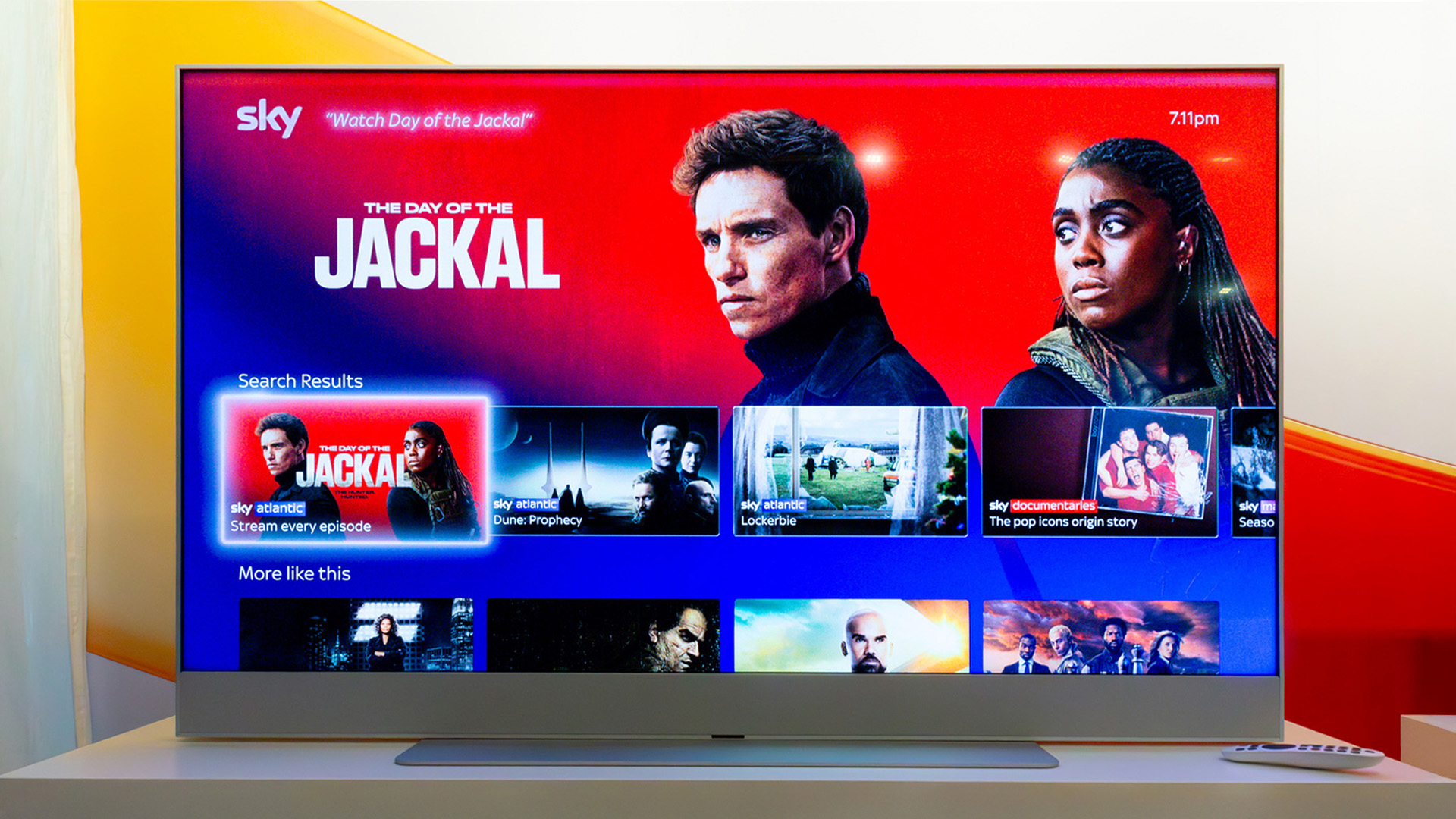
Since its launch in 2021, Sky Glass has become the UK's highest-selling television. Its combination of 4K HDR TV, Dolby Atmos sound system and the wealth of channels and apps, all delivered over the internet, has struck a chord with the British public.
However, technology never stands still and that's no more obvious than in the TV market – in the three years plus since the original model was released, other manufacturers have moved ahead in offering better picture performance for roughly the same price.
Dedicated tech firms have also updated their ranges with new models yearly.
So while Sky has enhanced the user experience (now called Sky OS) regularly, with new features and capabilities, even improving the picture quality mid-cycle, its hardware is now showing its age.
Hence Sky Glass gen 2. The replacement has not only been announced, it's now available to order from Sky.com, and, from what I've seen so far, the wait has been worth it.
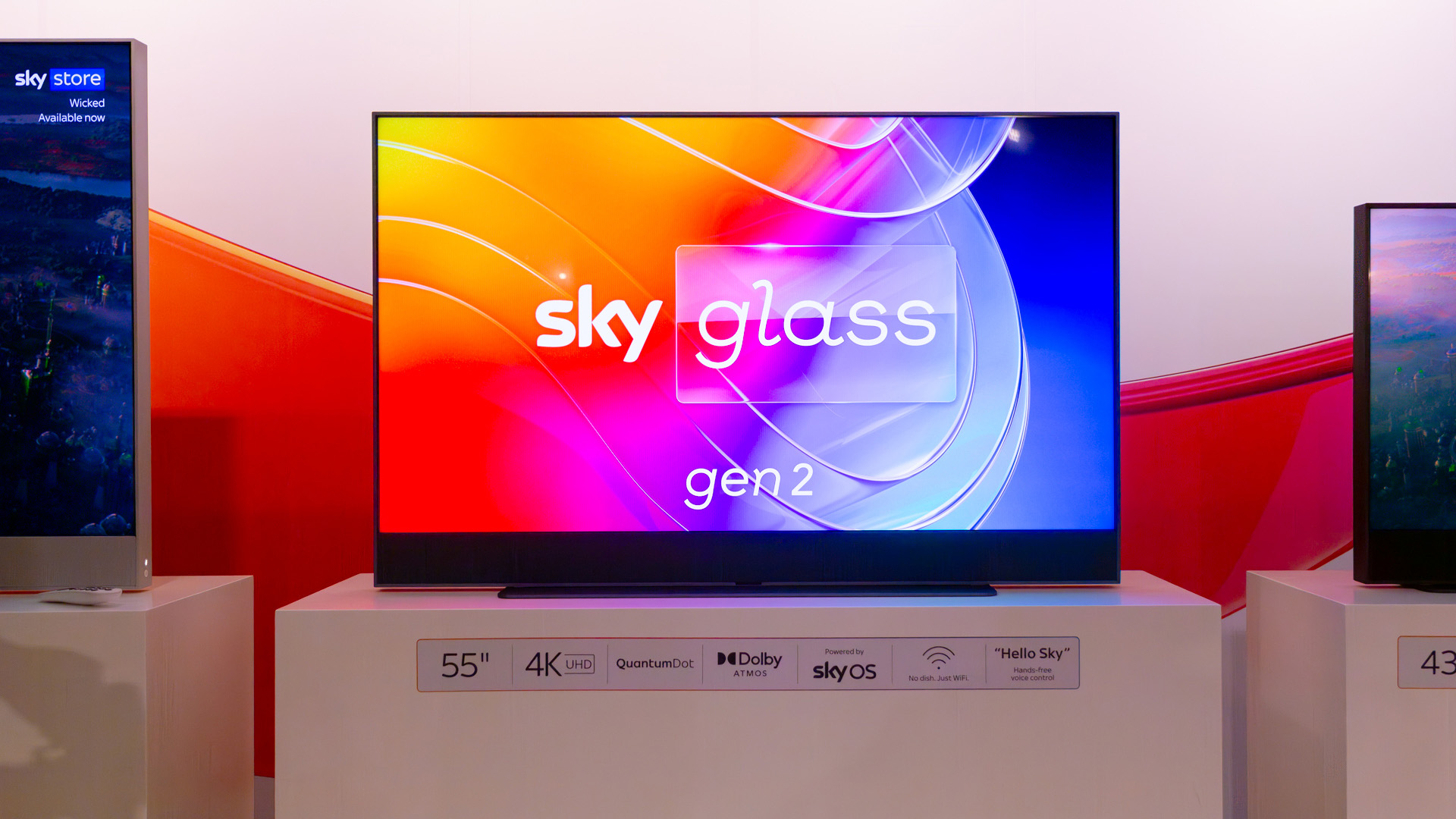
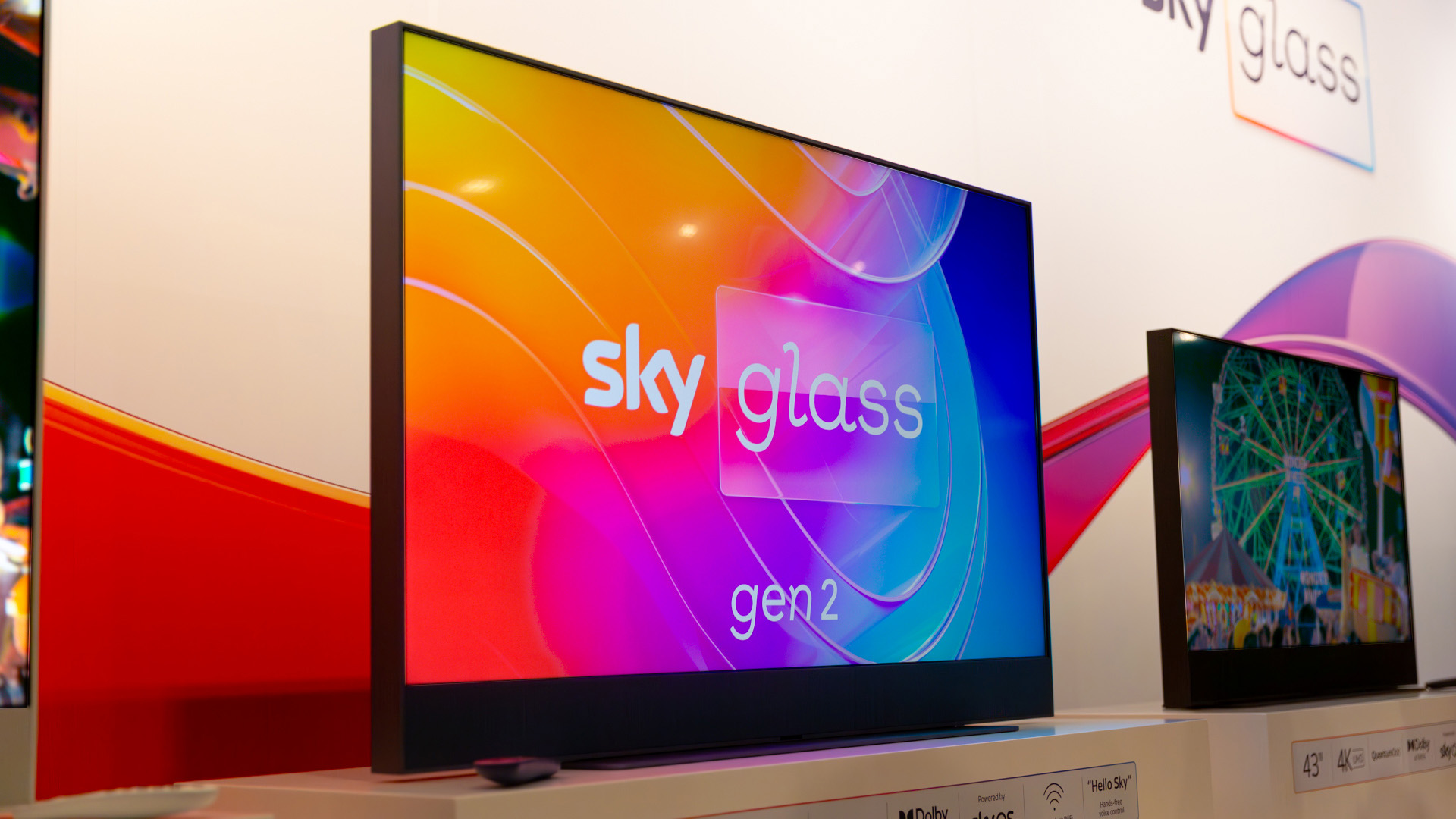
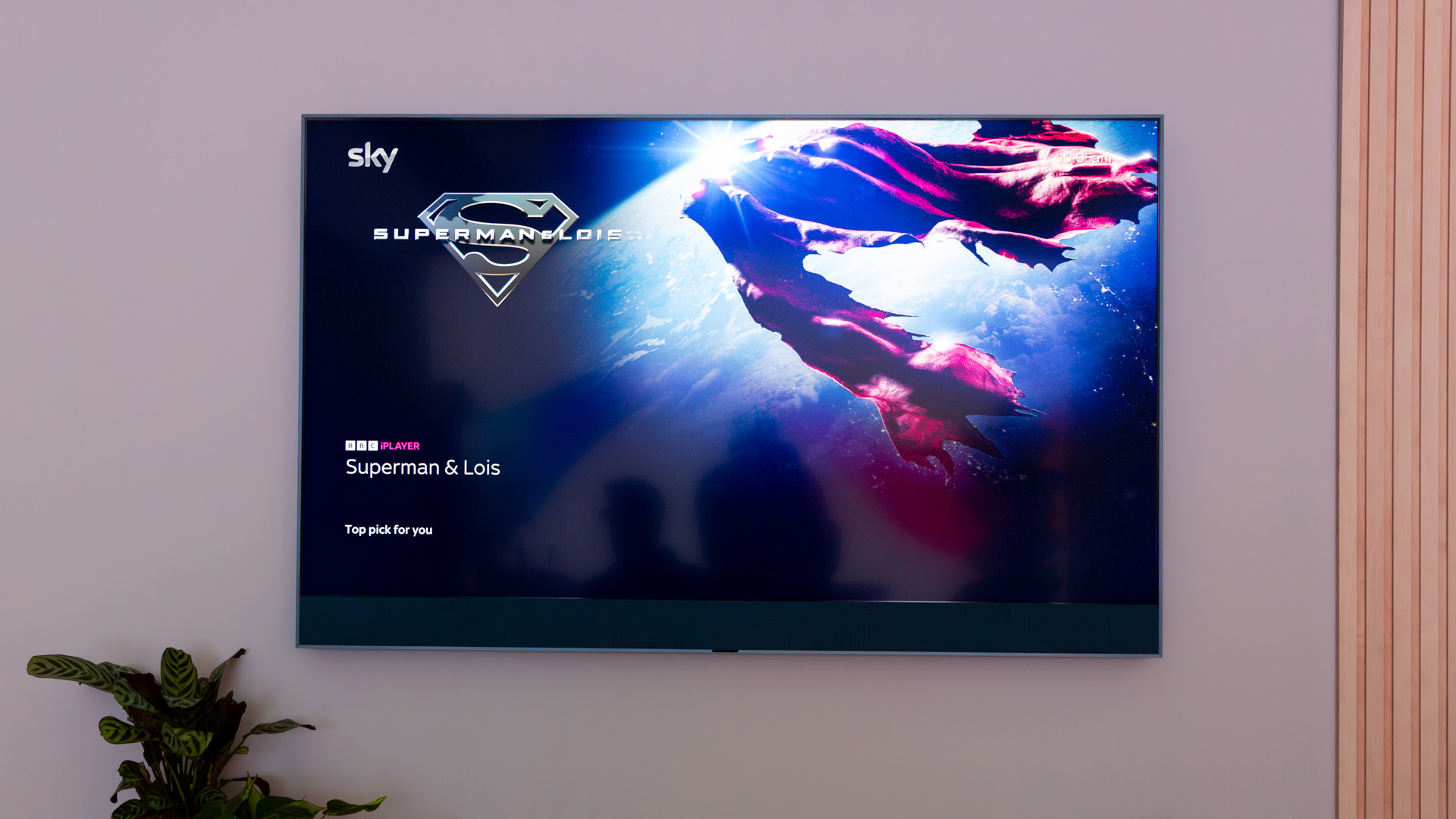
The new Sky Glass looks very similar to the original but offers considerable upgrades in the two main areas that arguably matter the most – picture and sound.
The audio on the original Sky Glass was no slouch. The decision to hide an entire Dolby Atmos sound system into the frame made for a bigger, chunkier TV but one that sounded better than most peers.
The same is true with Sky Glass gen 2. It also features a full Dolby Atmos array of speaker units set into the frame and soundbar underneath, yet ups the ante somewhat. There are now seven drivers, including a dual subwoofer to provide extra grunt.
I got to experience the new system for myself in a demo room during the launch event and it must be said that, for a mid-range TV, it sounds pretty spectacular. I've got the original Sky Glass and have been impressed with its audio prowess, but the new model seems to provide a more encompassing soundfield, especially when it comes to the height channels.
There is clear musicality in the new speakers too, with a clip from A Star is Born filling a not inconsiderable room with depth and heart.
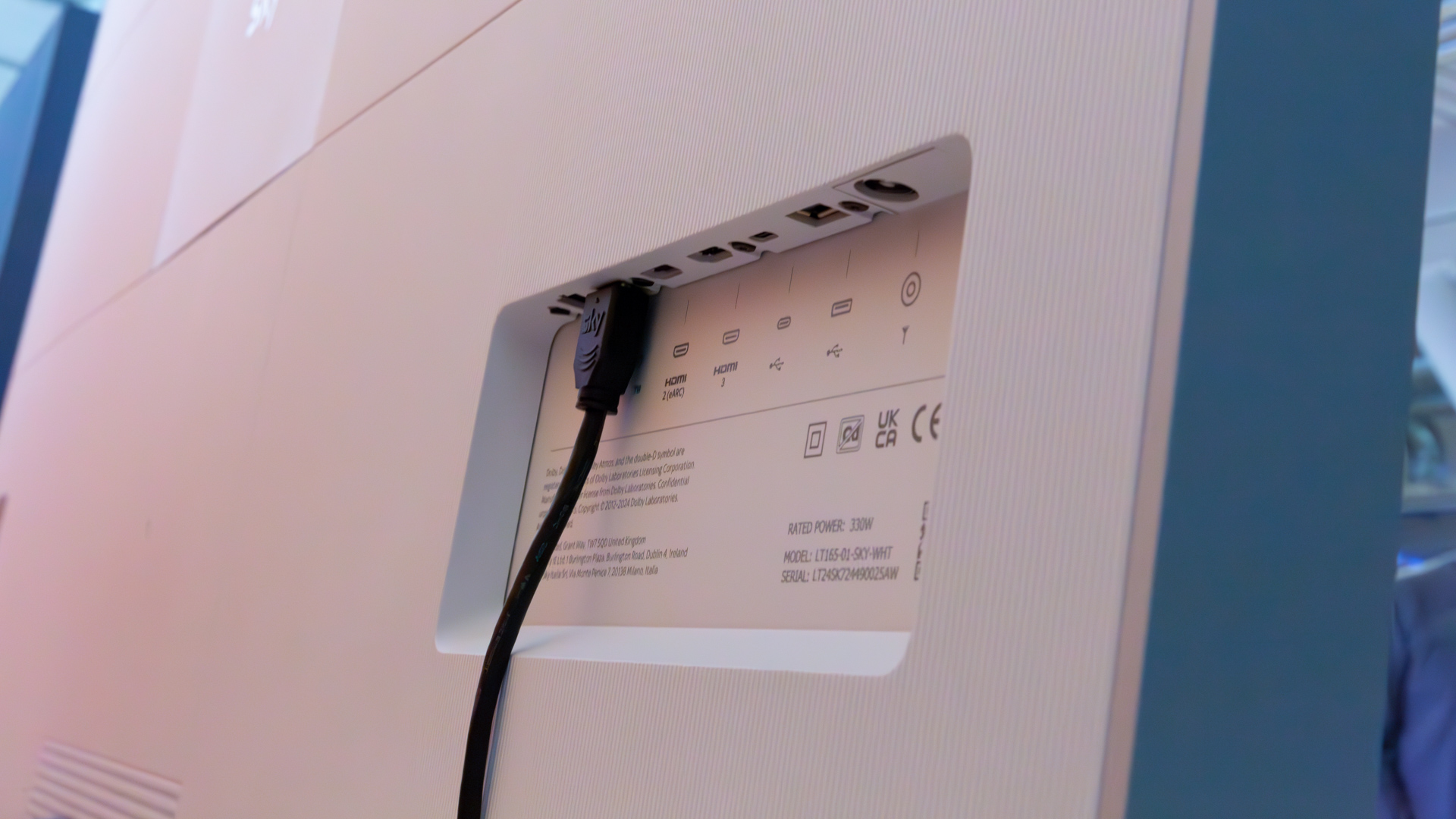
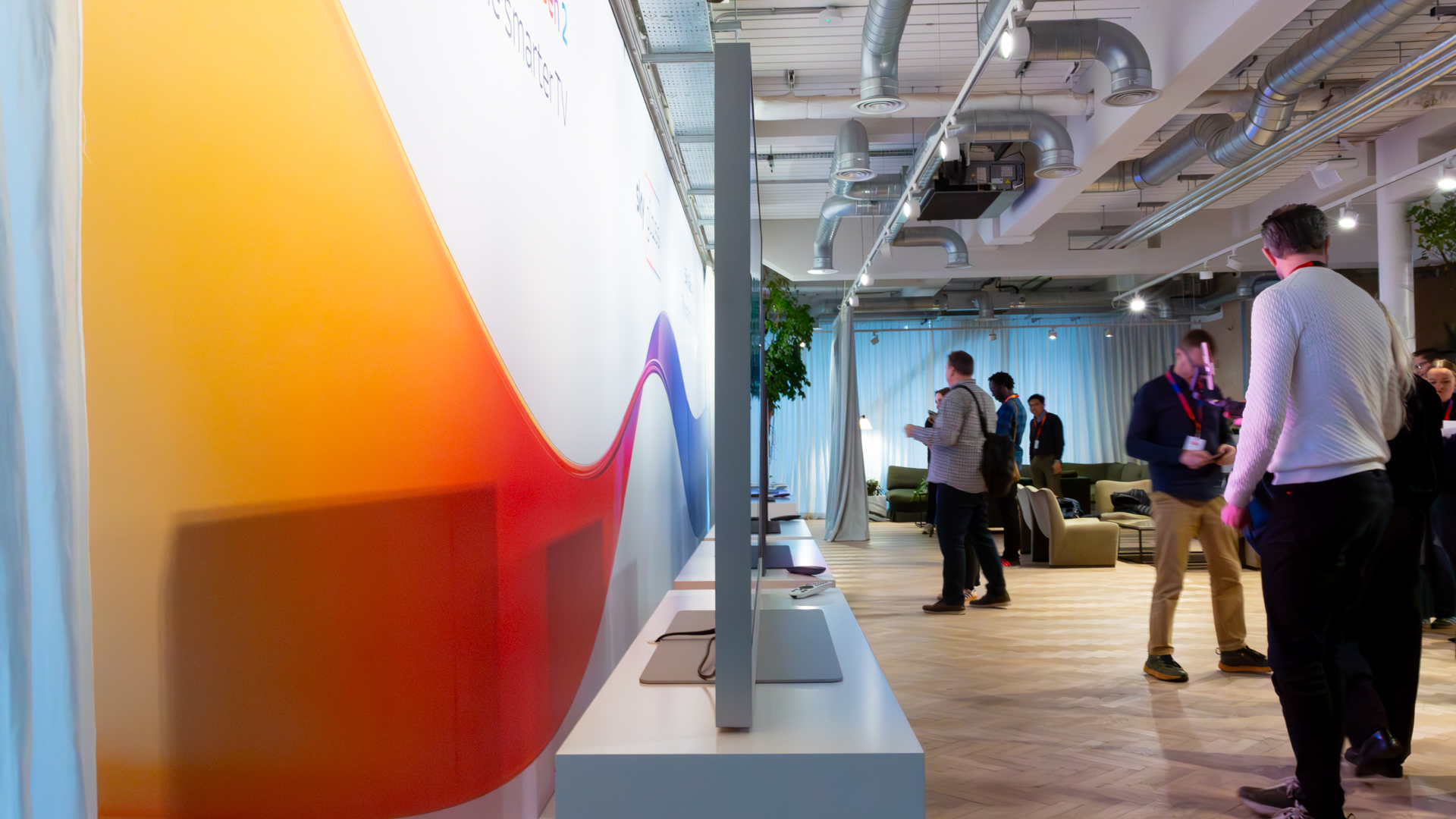
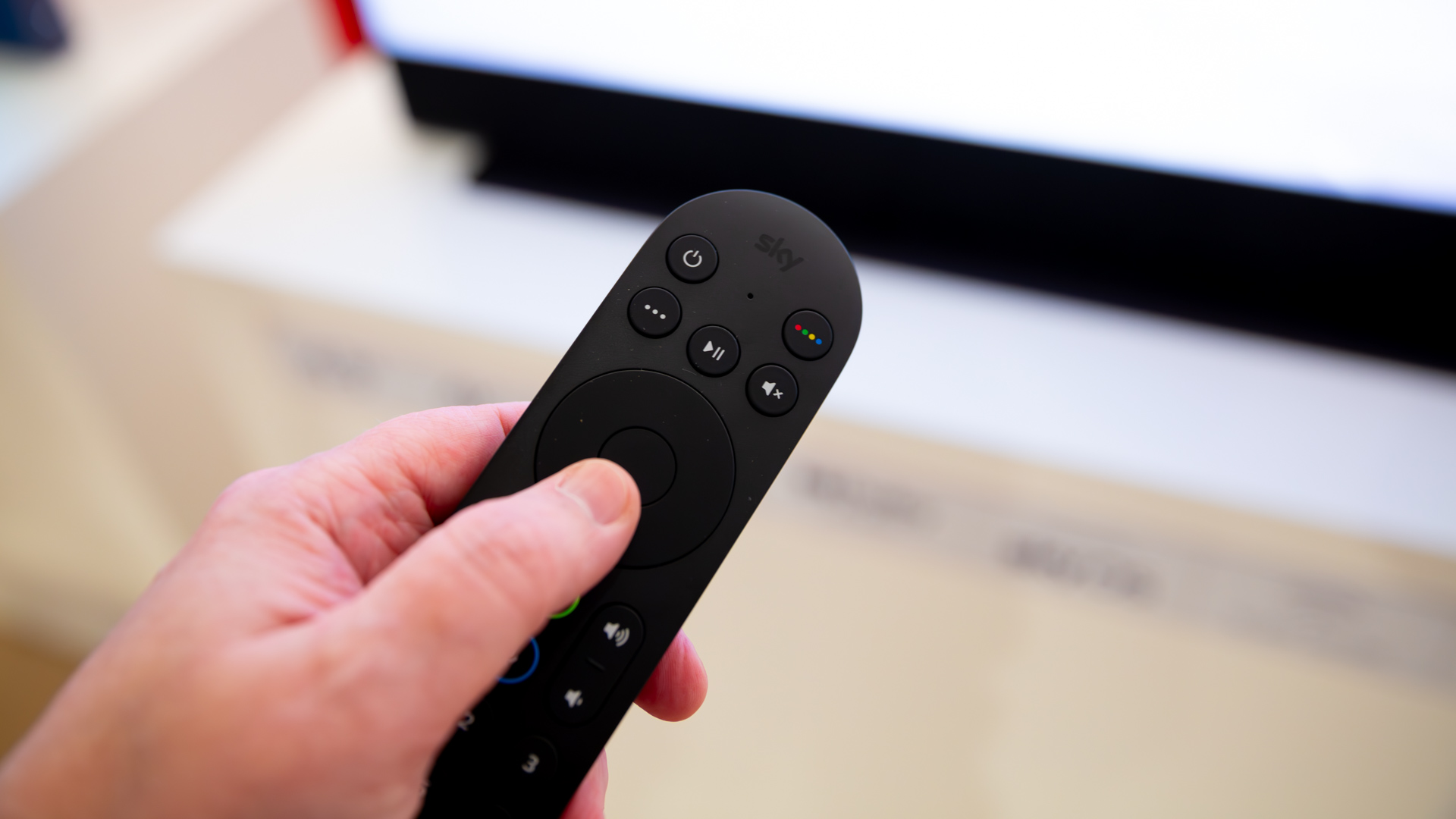
Onto the picture quality and it's clear that there's a new 4K HDR Quantum Dot panel in use. Colours and contrast are markedly better, and the new picture modes make for a more rounded experience depending on the content.
It's hard to say for sure right now – we need to get the TV in for a proper test – but the set is now on a par with other mid-range LCDs from big brands, such as Samsung, LG and Sony. We're not talking mini-LED or OLED here, but there seems to be less light bleed between pixels and the Quantum Dot technology gives a more bodied, more accurate look to proceedings.
It's also worth noting that the panel used is once again 60Hz, rather than 120Hz like some rivals. There is support for ALLM (Auto Low Latency Mode) but not VRR (Variable Refresh Rate), so while Sky Glass gen 2 will be fine for console gaming through its three HDMI ports (one eARC-enabled), it's not fully geared up for it specifically.
I'll reserve full judgement for when I've played with it a bit more, though.
The same is true with the overall experience. I've been told by Sky that a new chipset is on board, but it remains to be seen whether that smooths or speeds up operation in the Sky OS system, or whether it's simply for picture processing duties. It's likely both, but I'll have to test it fully first.
As for now, the user experience is identical to the previous Sky Glass and, as such it provides an excellent way to enjoy Sky content, other live channels, on demand shows and films, plus the numerous streaming services available on the platform.
That includes Netflix and Discovery+, which are both available at no extra cost with one of the Sky TV packages starting at just £15 per month, so it all represents decent value. You do need decent Wi-Fi or to hook the TV up to Ethernet to get the best from it, and, if you want 4K HDR (Dolby Vision) support, you'll need to pay a bit extra for an add-on, but this is a remarkably simple and cost effective way to access a world of entertainment.
The new Sky Glass gen 2 costs the same price as the former model – starting at £14 per month for the 43-inch version. There are 55- and 65-inch variants too, while each of them can be ordered in Volcanic Grey, Arctic Silver, or Atlantic Blue. The remote for each matches.
It's also worth noting that if you already have Sky Glass and want to upgrade, you don't have to swap your previous TV in if you've paid off the contract. You just start a new contract with the new model.
Certainly, from what I've seen so far, ahead of a full test later, it could be worthwhile – especially if you love the Sky TV experience but are looking for better picture performance.







